April 2024
By Kelsey Davenport
European and U.S. officials threatened to pursue action against Iran at the next International Atomic Energy Agency (IAEA) Board of Governors meeting if Tehran does not meet its legally binding safeguards obligations.
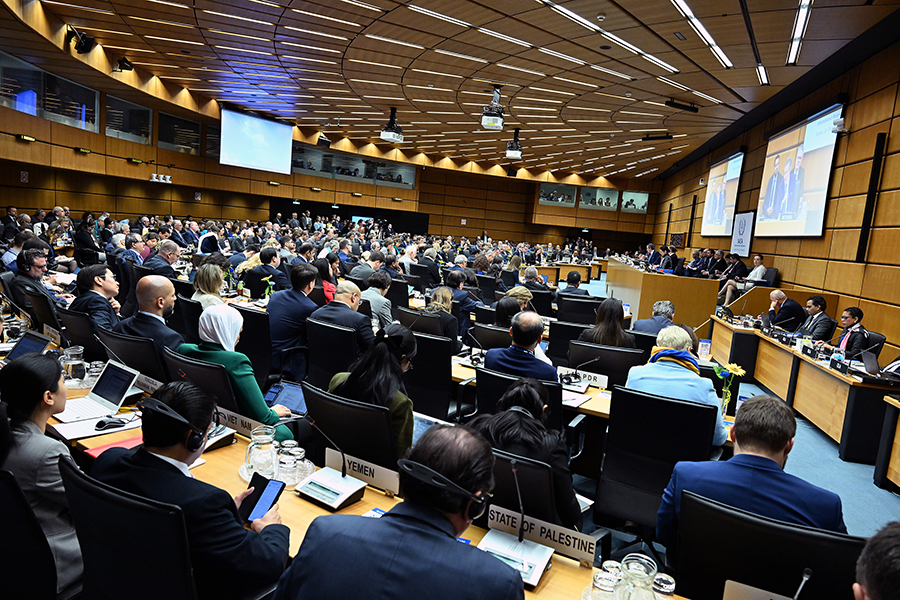 The agency has been pressing Iran for years to account for the presence of nuclear materials at two sites that were never declared to the IAEA as part of Iran’s nuclear program. The agency assesses that one of the locations, Turquazabad, was used to store nuclear materials and equipment, and the other, Varamin, included a pilot plant for uranium milling and conversion.
The agency has been pressing Iran for years to account for the presence of nuclear materials at two sites that were never declared to the IAEA as part of Iran’s nuclear program. The agency assesses that one of the locations, Turquazabad, was used to store nuclear materials and equipment, and the other, Varamin, included a pilot plant for uranium milling and conversion.
In a Feb. 26 report, the IAEA said Iran did not provide the agency with “any information on the outstanding safeguards issues relevant to either of the two undeclared locations.” It added that the IAEA “will not be able to confirm the completeness and correctness” of Iran’s nuclear declaration until Tehran provides technically credible explanations for the presence of the uranium at the two locations and accounts for the current location of the nuclear materials.
France, Germany, and the United Kingdom, known as the E3, said in a March 7 statement to the IAEA board that action to “hold Iran accountable to its legal obligations is long overdue.” They made clear that they will pursue a resolution at the board’s quarterly meeting in June if there is no “decisive and substantive progress” on the safeguards investigation.
An official from one of the E3 countries told Arms Control Today in a March 12 email that several European countries favored pursuing a resolution censuring Iran for its failure to cooperate with the agency during the March board meeting, but the United States opposed the proposal.
The board last passed a resolution regarding the investigation in November 2022. That resolution said it is “essential and urgent” for Iran to clarify all outstanding safeguards issues. Following the passage of that resolution, Iran agreed in a March 2023 joint statement with the agency to “provide further information and access to address the outstanding safeguards issues.”
The E3 statement also said the board may need to consider “making a finding under Article 19 of Iran’s Safeguards Agreement,” which includes the option of reporting Iran to the UN Security Council if the agency cannot verify that all of Iran’s nuclear materials are being used for peaceful purposes.
The board reported Iran to the Security Council in 2006, a move that led to a series of council resolutions requiring Iran to halt certain nuclear activities and the imposition of sanctions when Tehran failed to implement those provisions.
Iran defended its cooperation with the IAEA in a March 5 note to the agency. The note said that Tehran has “done its utmost” to enable the IAEA to “effectively carry out verification activities.” It said that Iran has fulfilled all of its legal commitments, including under its safeguards agreement. The note repeated allegations that the IAEA assessment of the undeclared locations is “based on unreliable information and unauthentic documents.”
In a March 7 statement to the board, Laura Holgate, U.S. ambassador to the IAEA, also condemned Iran’s failure to cooperate with the IAEA investigation, but suggested that the board ask the agency to prepare a “comprehensive summary report” on Iran’s nuclear program and the “degree to which the agency is in position to verify that Iran’s program is exclusively peaceful.”
She said that if Iran continues to “delay and deflect” the agency’s inquiries, the board must consider “further action for the sake of demonstrating that no state can indefinitely thwart implementation of its…safeguards obligations [under the nuclear Nonproliferation Treaty] by obstructing” the IAEA.
If the board pursues a resolution censuring Iran for failing to cooperate with the agency, Tehran is likely to retaliate. The U.S. intelligence community, in its 2024 Worldwide Threat Assessment, released March 11, assessed that Iran “probably will consider installing more advanced centrifuges, further increasing its enriched uranium stockpile, or enriching uranium to 90 percent” uranium-235 in response to a censure, further sanctions, or an attack against the nuclear program.
The intelligence community also assessed that Iran “is not currently undertaking key nuclear weapons-development activities” but that the expansion of the country’s program “better position[s] it to produce a nuclear device, if it chooses to do so.”
According to the most recent IAEA report on Iran’s nuclear program, Iran’s overall stockpile of enriched uranium grew over the last quarter. But Tehran down-blended 32 kilograms of uranium enriched to 60 percent U-235 by mixing the material with low-enriched uranium. As a result, Iran’s stockpile of 60 percent U-235 material decreased slightly from 128 kilograms to 121 kilograms.
Although a slight decrease in the stockpile of 60 percent U-235 is positive because that material can be quickly enriched to weapons-grade levels, or 90 percent U-235, the down-blending has little impact on the immediate proliferation risk posed by Iran’s nuclear program.
If Iran made the decision to produce weapons-grade uranium, it could still enrich enough material for one bomb in about a week and enough for about six bombs in a month. After that, it would take Iran an estimated six months to one year to build a bomb. But those activities would take place at covert facilities, making the weaponization process more difficult to detect and disrupt.
Holgate told the IAEA board that the United States has “serious concerns” about the 60 percent U-235 stockpile. “Iran should down-blend all, not just some, of its 60 percent stockpile, and stop all production of uranium enriched to 60 percent entirely,” she said.





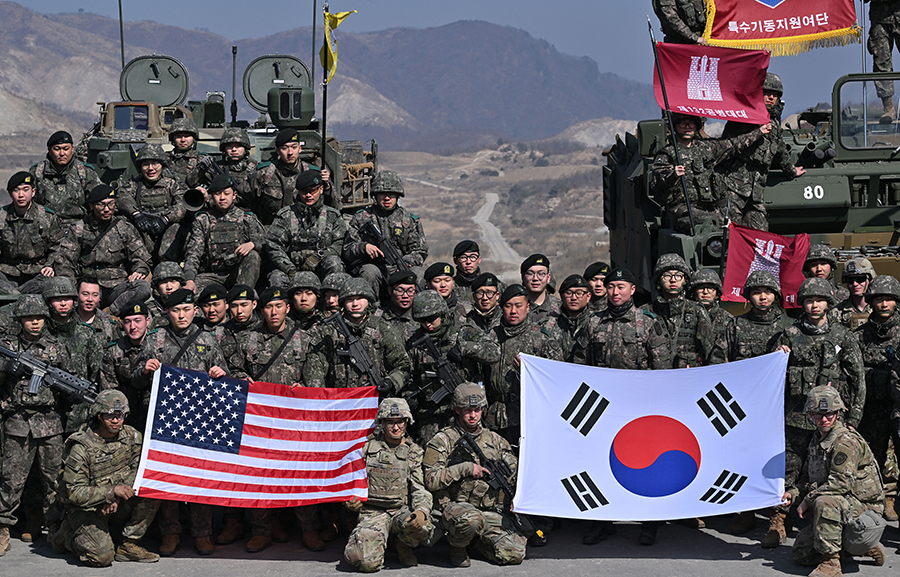 Washington still views negotiations with Pyongyang as the only viable pathway to peace on the Korean peninsula and remains focused on denuclearizing North Korea, Jung Pak, the U.S. senior official for North Korea, said March 5 at the Carnegie Endowment for International Peace.
Washington still views negotiations with Pyongyang as the only viable pathway to peace on the Korean peninsula and remains focused on denuclearizing North Korea, Jung Pak, the U.S. senior official for North Korea, said March 5 at the Carnegie Endowment for International Peace.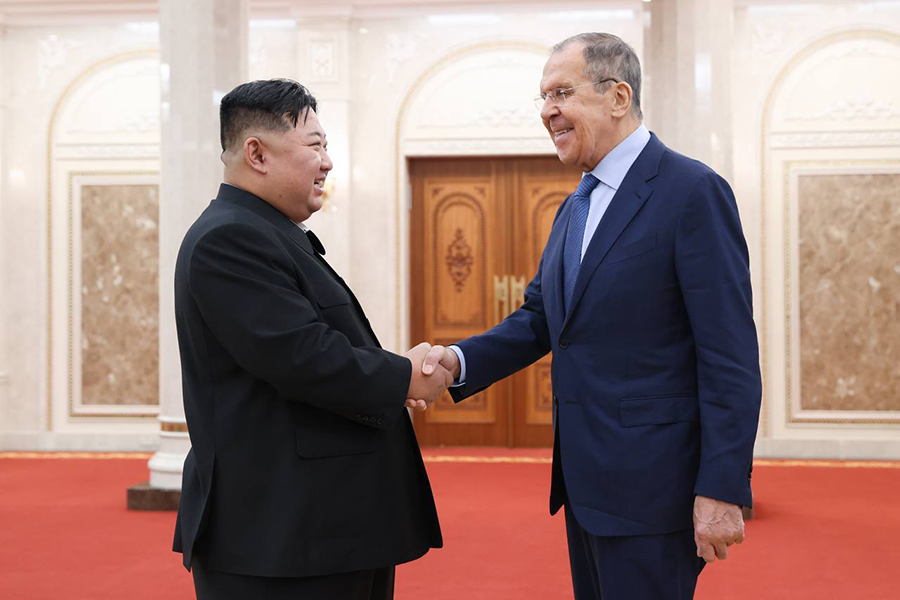 In December, North Korean leader Kim Jong Un forsook a long-standing policy of achieving unification with South Korea at some point in the indefinite future. (See
In December, North Korean leader Kim Jong Un forsook a long-standing policy of achieving unification with South Korea at some point in the indefinite future. (See 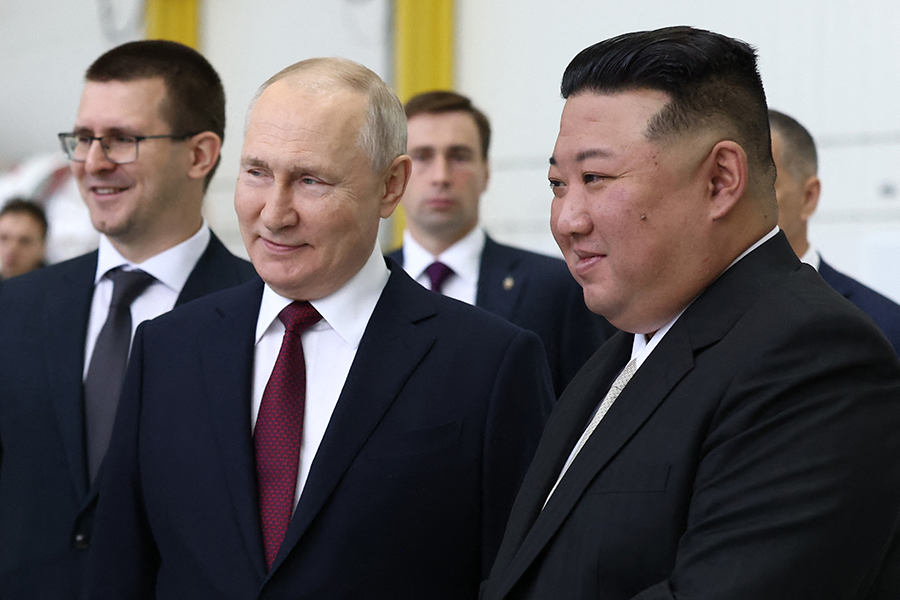 In a Jan. 4 press briefing, John Kirby, the National Security Council coordinator for strategic communications, said that Russia attacked Ukraine using North Korean ballistic missiles with a range of about 900 kilometers on Dec. 30 and Jan. 2.
In a Jan. 4 press briefing, John Kirby, the National Security Council coordinator for strategic communications, said that Russia attacked Ukraine using North Korean ballistic missiles with a range of about 900 kilometers on Dec. 30 and Jan. 2.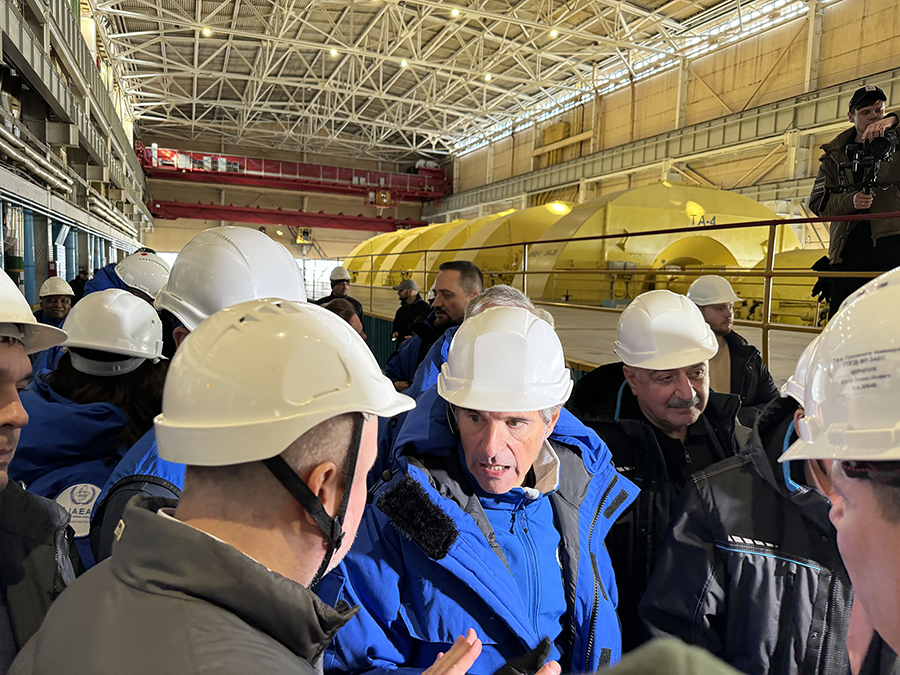 IAEA Director-General Rafael Mariano Grossi visited the facility on Feb. 7, a week after Russia announced that workers employed by Energoatom, the Ukrainian nuclear energy company, would no longer be allowed to work at the site.
IAEA Director-General Rafael Mariano Grossi visited the facility on Feb. 7, a week after Russia announced that workers employed by Energoatom, the Ukrainian nuclear energy company, would no longer be allowed to work at the site.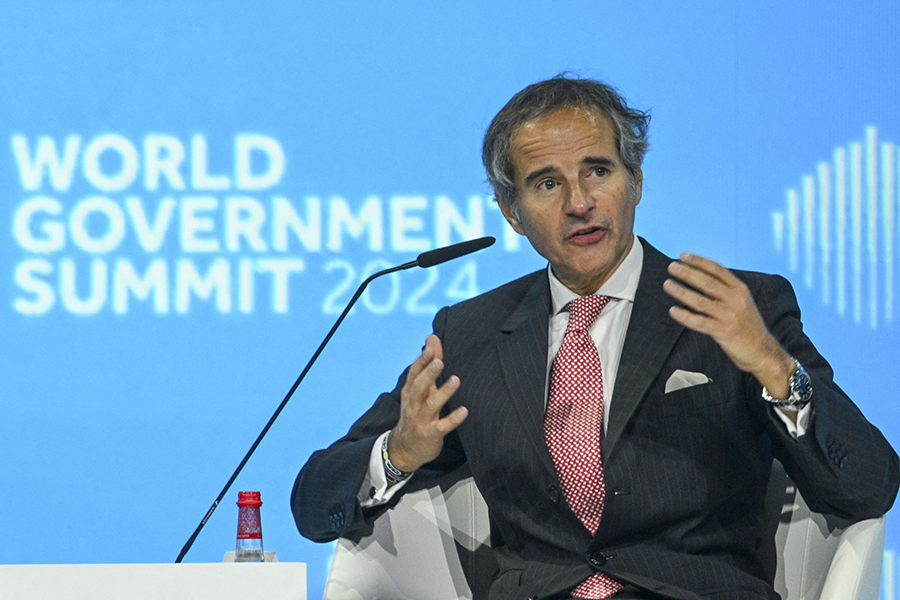 IAEA Director-General Rafael Mariano Grossi said on Feb. 13 that Iran is “not entirely transparent” regarding its nuclear activities, which “increases dangers,” particularly given the “accumulation of complexities” in the Middle East.
IAEA Director-General Rafael Mariano Grossi said on Feb. 13 that Iran is “not entirely transparent” regarding its nuclear activities, which “increases dangers,” particularly given the “accumulation of complexities” in the Middle East.